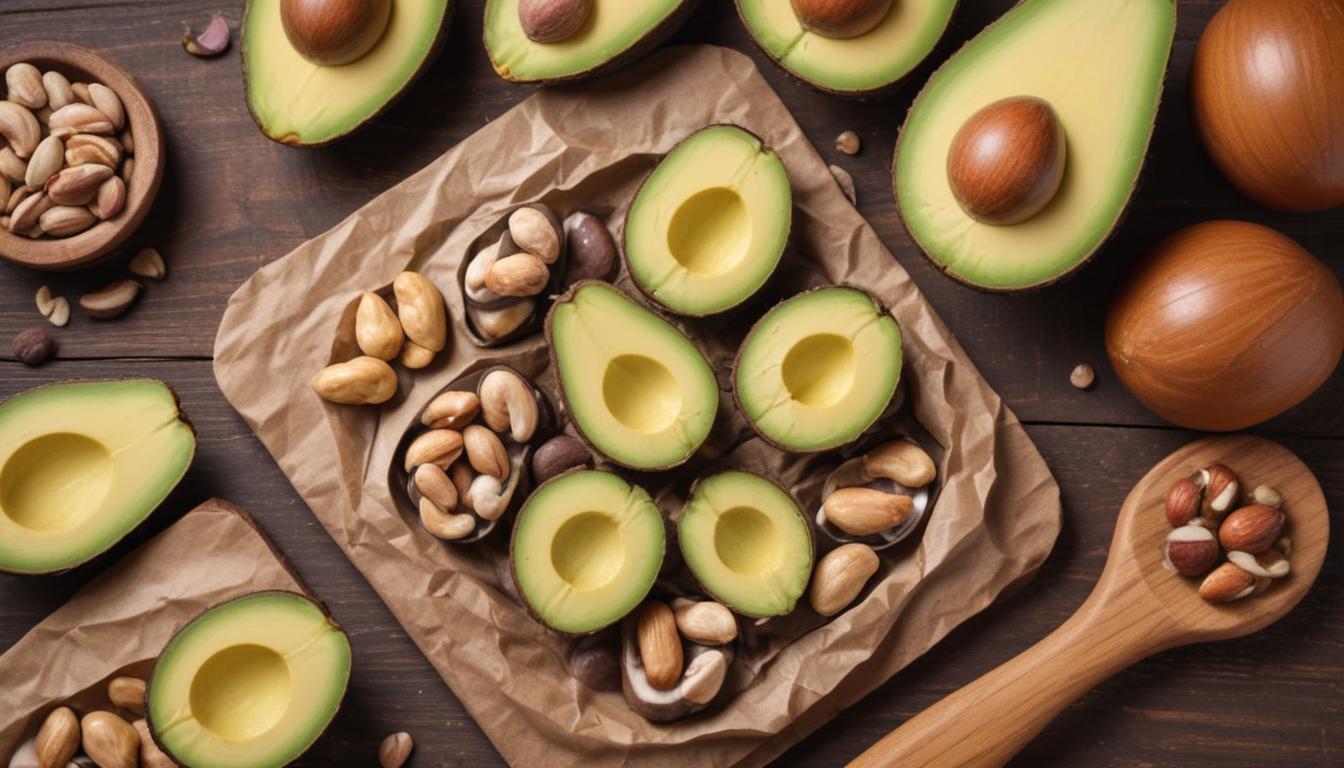Now Reading: Why Your Body Needs Healthy Fats
- 01
Why Your Body Needs Healthy Fats
Why Your Body Needs Healthy Fats

Unlock Your Health The Surprising Power of Healthy Fats
The Importance of Healthy Fats
For decades, fat has been painted as the ultimate dietary villain. We were told to cut it out, opt for low-fat everything, and fear the number on the nutrition label. This fear has left many of us confused, frustrated, and still struggling to feel our best. You might be meticulously avoiding fat, yet still feel hungry an hour after eating, struggle with brain fog, or wonder why your skin looks dull. The problem isn’t your effort; it’s the outdated advice. The truth is, your body and brain are desperate for fat, but only the right kind.
This guide will clear the confusion and completely reframe your relationship with this essential nutrient. Forget the idea that all fats are bad. Instead, you will learn to distinguish between the fats that fuel and protect your body and those that harm it. By understanding the incredible power of healthy fats, you can finally give your body what it truly needs to thrive, boosting your energy, sharpening your mind, and achieving a level of wellness you thought was out of reach.
The Great Fat Misunderstanding Why We Fear Fat
The widespread fear of dietary fat began in the late 20th century, when flawed studies linked high-fat diets to heart disease. This sparked a global “low-fat” movement, and food manufacturers rushed to fill grocery store shelves with “fat-free” and “low-fat” products. To make these foods palatable without fat, they loaded them with sugar, refined flour, and artificial ingredients. The result was a public that consumed less fat but far more processed carbohydrates and sugar, leading to a rise in metabolic issues, inflammation, and chronic diseases. We were trying to be healthier, but the solution offered was part of the problem.
The key to correcting this misunderstanding lies in recognizing that “fat” is not a single entity. It’s a broad category of molecules with vastly different effects on our health. The four main types are monounsaturated, polyunsaturated, saturated, and trans fats. While artificial trans fats are universally harmful and should be avoided completely, the other three play complex and often beneficial roles in our bodies. Shifting our focus from the quantity of fat to the quality of fat is the first and most critical step toward better health.

The Essential Roles of Healthy Fats in Your Body
Healthy fats are not just empty calories; they are fundamental building blocks for a healthy, functioning body. Your brain, for instance, is composed of nearly 60 percent fat. Essential fatty acids, particularly omega-3s like DHA, are critical for building brain cell membranes and promoting communication between brain cells. A diet rich in these fats is directly linked to improved memory, better mood regulation, and a lower risk of cognitive decline. Without enough healthy fat, our brain simply cannot perform at its best, leading to the familiar feelings of fog and slow thinking.
Beyond brain power, healthy fats are indispensable for hormone production and nutrient absorption. Your body requires fat to create vital hormones, including those that regulate metabolism, stress, and reproduction. Furthermore, vitamins A, D, E, and K are “fat-soluble,” meaning they require fat to be absorbed and utilized by your body. You can eat all the carrots (rich in vitamin A) you want, but without some fat in the same meal, you won’t get the full benefit. Healthy fats also provide a slow, sustained source of energy and promote satiety, that feeling of fullness that prevents overeating and constant snacking.
Your Guide to Choosing the Right Fats
Navigating the world of fats becomes simple once you know what to look for. The goal is to focus on whole, unprocessed food sources and minimize your intake of fats that come from highly processed or fried foods.
Fats to Embrace Monounsaturated and Polyunsaturated
Monounsaturated fats are heart-healthy powerhouses found in foods like olive oil (especially extra virgin), avocados, almonds, and cashews. These fats help lower bad LDL cholesterol levels while simultaneously raising good HDL cholesterol, supporting overall cardiovascular health. They are also rich in antioxidants and have anti-inflammatory properties, making them a cornerstone of healthy eating patterns like the Mediterranean diet.
Polyunsaturated fats include the famous omega-3 and omega-6 fatty acids. These are “essential” because the body cannot produce them on its own; they must be obtained from food. Omega-3s, found in fatty fish like salmon, mackerel, and sardines, as well as in flaxseeds, chia seeds, and walnuts, are celebrated for their powerful anti-inflammatory effects and brain benefits. While omega-6s are also necessary, modern diets tend to have too many of them (from vegetable oils like soybean and corn oil) and not enough omega-3s. The goal is to improve this ratio by eating more omega-3-rich foods.
Fats to Limit or Avoid Saturated and Trans Fats
Saturated fats, found in red meat, butter, cheese, and coconut oil, have been a source of much debate. While they are not the villains they were once made out to be, most health experts recommend consuming them in moderation. A little butter on your vegetables or a serving of full-fat yogurt is generally fine within a balanced diet. The key is not to let saturated fats crowd out the healthier unsaturated fats.
The one category to actively avoid is artificial trans fats. Created through an industrial process called hydrogenation, these fats are found in many fried foods, commercial baked goods, shortening, and some margarines. Trans fats are unequivocally bad for you; they raise bad LDL cholesterol, lower good HDL cholesterol, create significant inflammation, and increase your risk for heart disease, stroke, and type 2 diabetes. Always check labels for “partially hydrogenated oil” and steer clear. By making a conscious choice to embrace healthy fats, you are not just changing your diet; you are investing in your long-term health, vitality, and mental clarity.



































